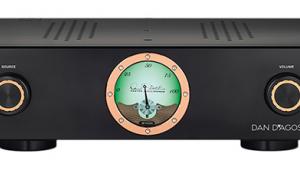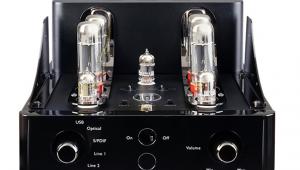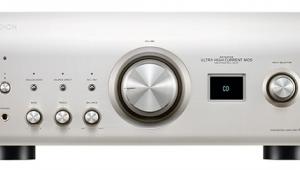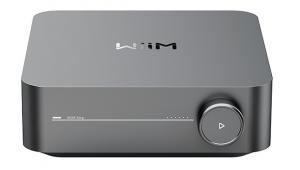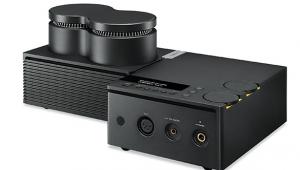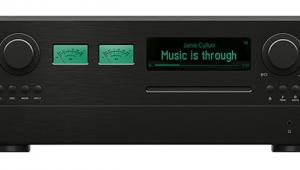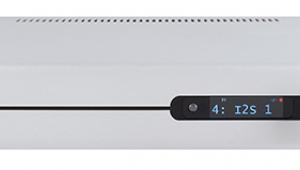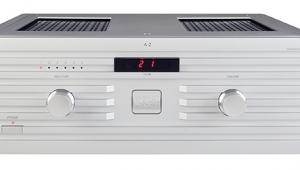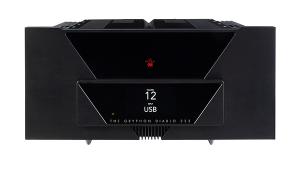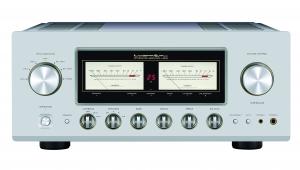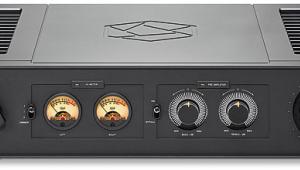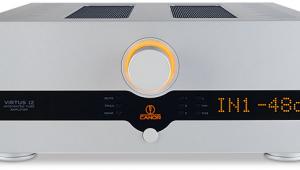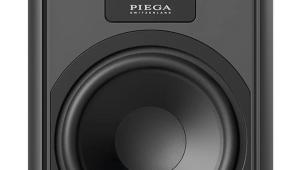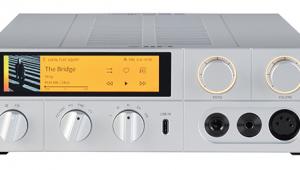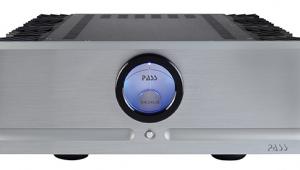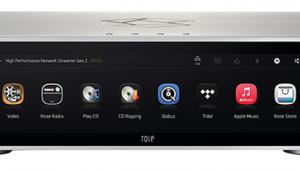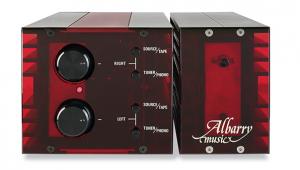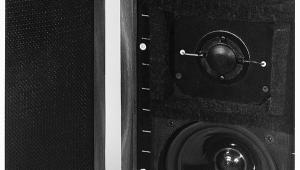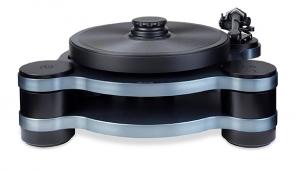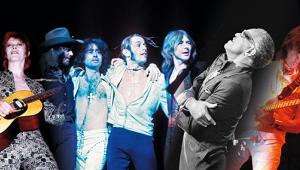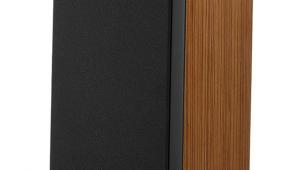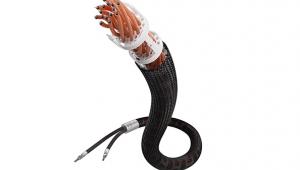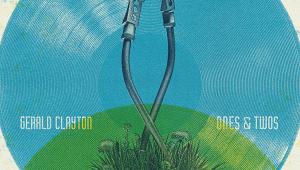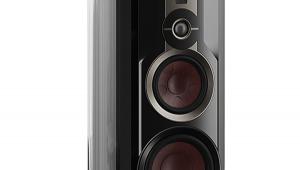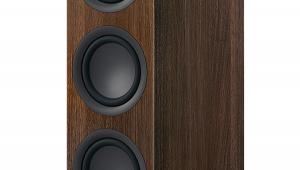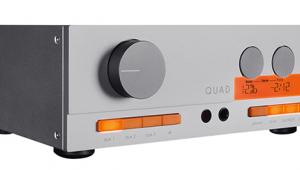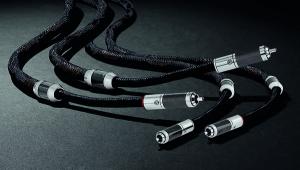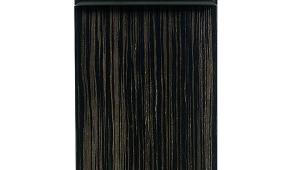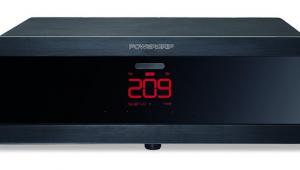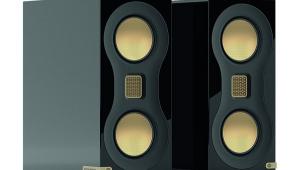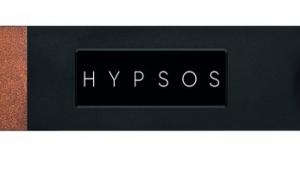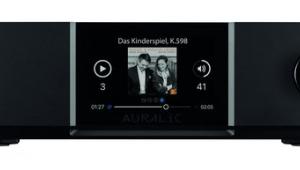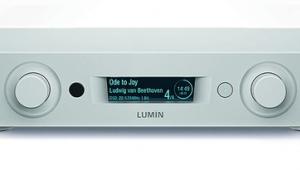Marantz Model 60n Streaming Amplifier


With the launch of the £1300 Model 60n, Marantz finally has an entry-level alternative to the £2200 Model 40n [HFN Apr ’22]. This is par for the course, as Marantz has similar ‘good’ and ‘better’ offerings in the shape of the Model 30 [HFN Jan ’21] and Model 50 amplifiers. But where those two are ‘old-school’ analogue-only separates requiring external sources, this new Marantz amplifier is an all-in-one with DAC and streaming capabilities – all of which explains the ‘n’ for ‘network’ at the end of the name.
The Model 60n also flaunts multiple analogue and digital inputs, including HDMI ARC to handle audio from a television if required, and when it comes to functionality there’s very little missing compared to the pricier Model 40n. It’s the innards that are different, although variations between the ’40n and ’60n are less significant compared to their analogue brethren, where the Model 30 employs a Class D output stage and the Model 50 a more traditional Class A/B. Otherwise, as the 60n’s rated 60W/8ohm output is only 10W less than the Model 40n, is it a steal?
Lights offSince the debut of the Model 30 in 2020, all full-sized Marantz amplifiers [so not the compact Model M1 – see HFN Aug ’24] have utilised the same design language. This includes the Model 60n, which looks instantly familiar with its front panel raised above a wider, crosshatch-patterned fascia. Yet missing on this more affordable model is the subtle integrated illumination; you’ll need to rely on natural light to get that pattern to produce a 3D-like effect.
The centre piece remains the porthole display, a nod to Marantz’s Model 9 from the 1960s, albeit these days an OLED type. This doesn’t have the space to show lots of information but is effective in letting you know the selected source and volume level. Six knobs are strung along the front below the porthole, with the slightly larger input and volume controls flanking traditional tone settings and a source direct rotary. This disengages all the Model 60n’s digital processing (and if desired, the screen) when playing an analogue source.
Externally, build quality appears on the same level as Marantz’s more expensive amps (this relatively affordable unit is built in the company’s Shirakawa plant in Japan, which was once focused on its top-tier models only), and the Model 60n is surprisingly weighty at 12.7kg. A peek insider eveals a large part of that weight comes from an alloy heatsink parked in the middle, keeping the relatively large toroidal transformer away from the amplifier’s digital and phono stages, which are themselves sensibly encased in separate shielding.
Mixed mediaThe Model 60n’s phono input has sufficient gain and loading to accommodate MM cartridges only, which is what you can expect at this price point, yet the brand claims more care has been put into this part of the circuit than before. And its inclusion on this networked amp makes sense, because while turntables are not as ubiquitous as TVs, there’s certainly more vinyl being played in living rooms than in recent years. Meanwhile, the Model 60n’s ESS-based DAC stage has you covered for 192kHz/24-bit PCM and 11.2MHz DSD.
Most Marantz (and Denon) products offer the same streaming functionality – presumably because similar network/streaming hardware is employed. At the core of the offering is HEOS, a platform the company has used for more than ten years. Next to delivering Internet radio, integrating music streaming services and offering excellent format support when playing networked files, the HEOS app lets you switch between physical inputs and stream them to other HEOS-enabled products. Playing vinyl via the Model 60n and relaying it to Denon Home wireless speakers in the kitchen, for example, is possible.
A recent update to the user interface has made the app a more attractive affair, but it still feels lacking regards presenting metadata, and the choice of streaming services is limited. There are more in the pipeline, although that’s been promised for some time – useful, then, that other streaming options are present, including Apple AirPlay 2, Bluetooth, Spotify Connect and Tidal Connect, plus Roon [see boxout]. It’s the latter that puts this amplifier in the vanguard of the Marantz family.
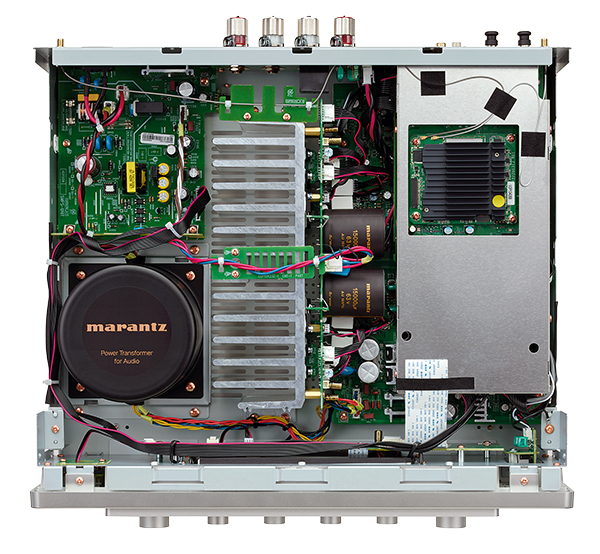
Above: HEOS/HDMI, DAC and MM phono PCBs are separately screened [far right] with a substantial bipolar power amp on heatsinking [centre] powered by uprated linear PSU [near left]. Switchmode PSU [top left] is for standby
![]() Mellow Music
Mellow Music
The appeal of the Model 60n is not only its multifunctional nature and smart styling – it also remains true to the Marantz sound philosophy. This means that while the amplifier drove most partnering loudspeakers effortlessly, it opted for a rather cosy portrayal of the music, and particularly vocals, that made for relaxing yet engaging listening.
Add a pair of quality standmounts, like the DALI Rubicon 2s I used, and the result is a complete but still living room-friendly system. With this combination there was a good degree of warmth to the performance of Kendra Morris’s 2022 album Nine Lives [Karma KCR 12020; 44.1kHz/24-bit], streamed via HEOS, as the speakers’ lavish midrange played into the touch of colouration and HF roll-off you can usually expect from Marantz hardware.
That said, it is smart to take the Model 60n’s sonic character into account when selecting loudspeakers, especially in rooms with thick carpets and lots of furniture, as the result could feel lacking in resolution. Case in point, while I enjoyed how this amp and DALI’s speakers portrayed Morris’s ‘Who We Are’ in an enveloping manner, and put me close to her singing during the chorus, the performance opened up significantly with a pair of Bowers & Wilkins 705 S3 Signatures [HFN Aug ’24].
Leone rangerOn the other hand, the drumkit on ‘Dry’ was more forceful and rhythmically secure via the Rubicon 2s, showing that the Model 60n can convey a sense of speed. This is why I would characterise it as ‘edging’ towards laidback, rather than giving the impression it’s actually sluggish. This more mellow approach is what sets the Model 60n (and other Marantz amps) apart from sister brand Denon’s typically more ‘dynamic’ offerings.
Featuring guest artists Jack White and Norah Jones, plus Cantori Moderni – the choir which delivered the chanting for Sergio Leone’s The Good, The Bad And The Ugly back in the day – Rome [Capitol Records 509999 46485 2 2] is an unusual collaboration between hip-hop producer Danger Mouse and Italian composer Daniele Luppi. Through the Model 60n it sounded wonderfully evocative, the amp highlighting elements such as the languid guitar backing the vocals on ‘The Rose With The Broken Neck’, or the glockenspiel that intersperses multiple tracks, without isolating them from the whole. The album’s melancholy, solemn atmosphere always remained.

Above: Dual BT/Wi-Fi antenna, USB-A (charging), Ethernet, HDMI (ARC) and legacy coax/optical digital inputs are offered alongside MM phono, three line ins, a preamp and 150Hz-filtered sub output, plus unswitched 4mm speaker binding posts
Dig for victory
Playing these tracks via Roon didn’t sound any different than streaming them via HEOS from my NAS, but the former made it more enjoyable to go hunting for musical fare. Ending up with Halo [Atomic Fire AF0027DP; 48kHz/24-bit] from Finnish heavy metal band Amorphis was a bit of a curveball but did prove the Model 60n wasn’t fazed by a change of pace or a more pugnacious production. It also dug into the bottom end with a pair of Canton Reference 7K [HFN Sep ’24] floorstanders in tow, although I felt I was getting near to its limits as I cranked up the volume. This amp is powerful, but not monstrously so.
I was curious to explore the vaunted improvements offered by the Model 60n’s phono stage, so connected a Technics SL-1200GR2 turntable [HFN Sep ’24] with Audio-Technica VM-750SH moving-magnet pick-up. The amount of detail pulled off Edvard Grieg’s ‘II. Ases Tod’, from a rather fine The Original Source edition of Herbert von Karajan’s Peer Gynt Suite 1 & 2 [Deutsche Grammophon 486 6123], suggested it’s not all marketing bluster. Indeed, it succinctly exposed the beauty of the build-up during ‘IV. In der Halle des Bergkönigs’, where the jaunty strings and flutes increase in tempo.
Bittersweet timpaniThis recent limited edition re-release by DG is produced straight from the four-track quadraphonic master, dating to 1973, and offers an analogue transfer with both delicate details and excellent dynamics. The Model 60n communicated the excitement of the frenetic finale to Grieg’s famous theme, and this wasn’t a one-off trick either, as the rapid, forcefully struck timpani crescendo in ‘I. Der Brautraub’ demonstrated. There’s more to this do-it-all, affordable Marantz amplifier than meets the eye.
Hi-Fi News Verdict
Considering its price, the Model 60n is an extremely capable do-it-all that delivers an engaging listening experience when married with the right speakers. It hits the mark when streaming or spinning discs, and handles TV audio very well too. Although you might wish for a more lavish experience in the HEOS app, the essentials are there and, with the inclusion of Roon, demanding audiophiles have a fallback.
Sound Quality: 84%
